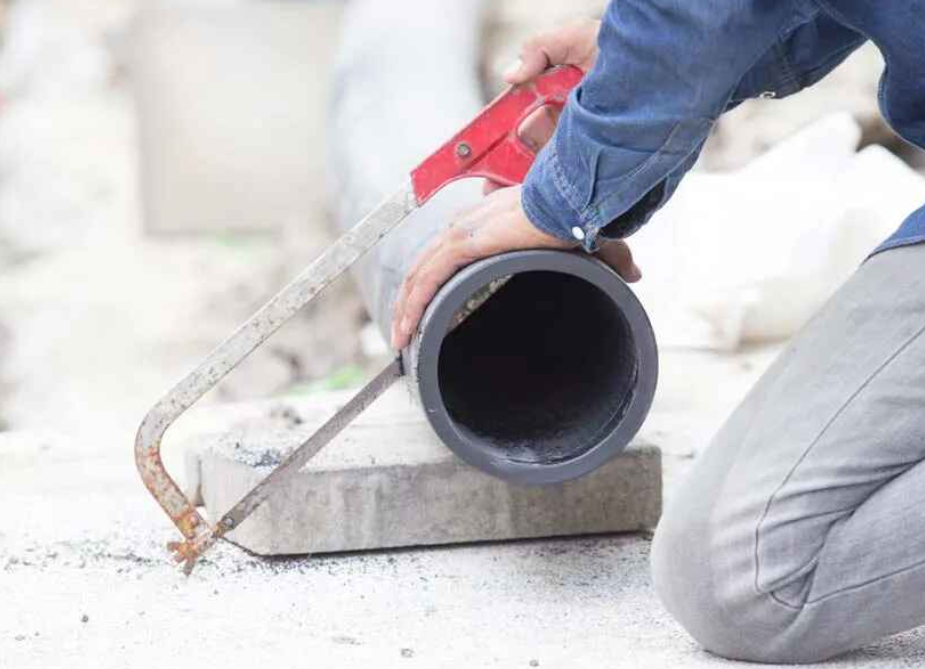When dealing with aging or damaged pipes, two of the most common methods for repair or replacement are pipe relining and pipe bursting. Both methods provide effective solutions, but their installation timelines can differ significantly. Understanding the differences between pipe relining vs pipe bursting is essential for property owners, contractors, and decision-makers to determine the best approach based on urgency, budget, and the complexity of the job. In this article, we will compare the installation timelines of pipe relining and pipe bursting, highlighting their step-by-step processes and the factors that affect their durations.
Installation Timeline of Pipe Relining
Step-by-Step Process
Pipe relining is a trenchless method of repairing damaged pipes by inserting a new liner inside the existing pipe. The process generally involves several key steps:
Inspection and Assessment: Initially, a camera is inserted into the pipeline to assess the damage. This allows the technician to determine the extent of the damage and confirm whether relining is a viable option. This step typically takes a few hours.
Cleaning the Pipe: After assessment, the pipe is cleaned to remove debris, grease, and mineral buildup. This step is crucial for ensuring the new liner adheres properly to the existing pipe. It typically takes 1-2 hours depending on the condition of the pipe.
Liner Insertion: A flexible liner is saturated with a resin that hardens to form a new pipe. The liner is inserted into the damaged pipe using air or water pressure. This process can take anywhere from a few hours to a day, depending on the length of the pipe.
Curing the Liner: The resin needs time to cure and harden, which is usually done by using steam, hot water, or UV light. The curing process can take several hours (usually 4-6 hours), but it can vary based on the pipe size and liner material.
Final Inspection and Testing: Once the liner has cured, a final inspection is conducted to ensure the liner is secure and the pipe is fully operational. The entire process can take anywhere from a day to several days depending on the complexity and length of the pipe being relined.
Factors Affecting Pipe Relining Timelines
Several factors can influence the time required for pipe relining installation:
Pipe Length and Diameter: Longer and larger diameter pipes generally take more time to line.
Condition of the Existing Pipe: Severe corrosion or extensive damage may require additional cleaning or repair steps, adding time to the overall process.
Curing Time: The time taken for the resin to cure can vary, depending on the method used (steam, hot water, or UV light).
Accessibility: Pipes that are difficult to access may require additional time for setup or require more intricate work to complete the lining.
Installation Timeline of Pipe Bursting
Step-by-Step Process
Pipe bursting is another trenchless technique that involves breaking apart the old pipe while simultaneously pulling a new pipe into place. This process differs significantly from pipe relining and has its own set of steps:
Inspection and Assessment: Like pipe relining, the process begins with a camera inspection to assess the condition of the existing pipe. This process generally takes 1-2 hours.
Excavation: Small access points are dug at both ends of the damaged pipe to insert the bursting equipment. Excavation time can vary, but typically, it may take 1-2 days depending on the site’s accessibility.
Pipe Bursting: A bursting head is attached to the new pipe and pulled through the old pipe, breaking it apart as it goes. This step can usually be completed in a matter of hours, depending on the length and diameter of the pipe.
Installation of New Pipe: The new pipe is pulled through the space created by the bursting head. This step typically takes a few hours but can take longer for larger pipes.
Final Inspection and Testing: Similar to pipe relining, a final inspection is done to ensure that the new pipe is correctly installed and functioning. This process usually takes a few hours to complete.
Factors Affecting Pipe Bursting Timelines
The duration of the pipe bursting process is influenced by factors such as:
Pipe Length and Diameter: Larger pipes and longer distances will take more time to burst and replace.
Access to the Pipe: More complicated excavation sites, such as those with limited access or difficult soil conditions, may slow down the process.
Pipe Material: Older pipes made from brittle materials, like clay or cast iron, may break apart more easily, which can speed up the process.
Weather Conditions: Adverse weather can affect the excavation and overall pace of the installation.
Comparing Installation Timelines
When comparing pipe relining and pipe bursting, several distinctions arise in terms of installation timelines:
Speed of Installation: Pipe bursting is generally quicker when compared to pipe relining, particularly in terms of breaking and replacing the pipe. Pipe relining, especially when using more complex curing methods, can take longer, primarily due to the need for curing time.
Complexity of the Job: Pipe bursting can be faster due to the straightforward process of breaking and replacing the pipe in one go. Pipe relining, on the other hand, involves several stages of preparation, cleaning, and curing, which can stretch out the timeline.
Excavation Time: Pipe relining usually requires less excavation since the process involves inserting a liner into the existing pipe. Pipe bursting, however, requires excavation at both ends of the pipe to insert the bursting head, which can add to the total installation time.
Cost and Time Considerations
While pipe bursting may be faster in terms of installation time, the costs associated with both methods can differ. Pipe relining generally involves fewer disruptive steps and less excavation, making it a more cost-effective option in some cases. However, the added curing time can mean that the installation takes longer, which may impact labor costs.
Pipe bursting tends to be quicker, but the need for excavation can increase the cost, particularly if the area is difficult to access. Additionally, the complexity of installing a new pipe may make pipe bursting more expensive for certain projects. When comparing both methods, it’s important to consider trenchless sewer repair options and weigh both cost and time considerations to determine the best approach for a particular situation.
Concluding Statement
In conclusion, both pipe relining and pipe bursting provide effective solutions for damaged pipelines, but their installation timelines differ. Pipe bursting is generally quicker, as it requires less preparation and curing time, but may involve additional excavation, especially in difficult-to-reach areas. Pipe relining, though potentially slower due to the need for cleaning and curing, may be less disruptive and more cost-effective in certain cases. By understanding the installation timelines and considering factors such as pipe length, material, and accessibility, property owners can make informed decisions on which method best suits their needs.





